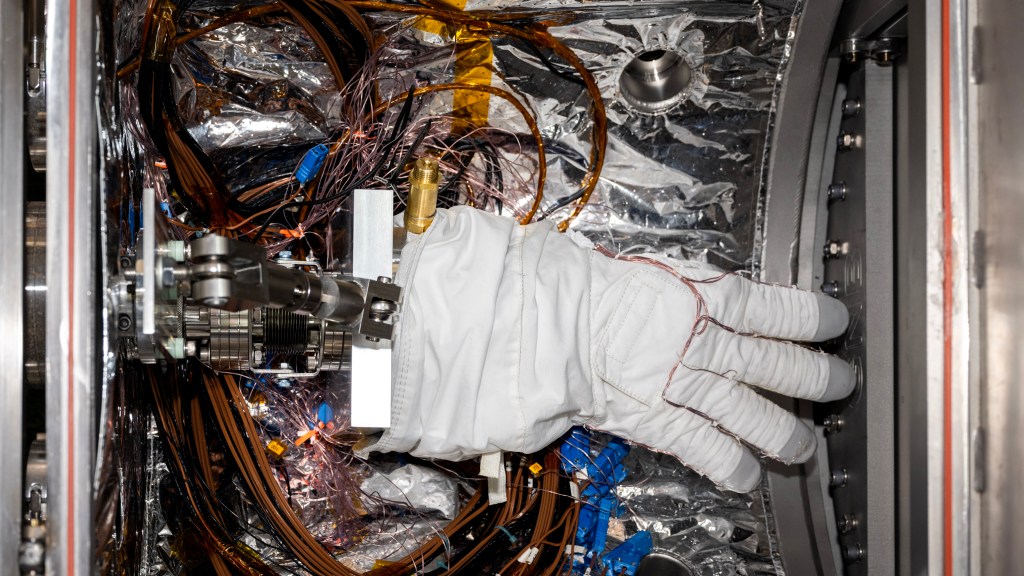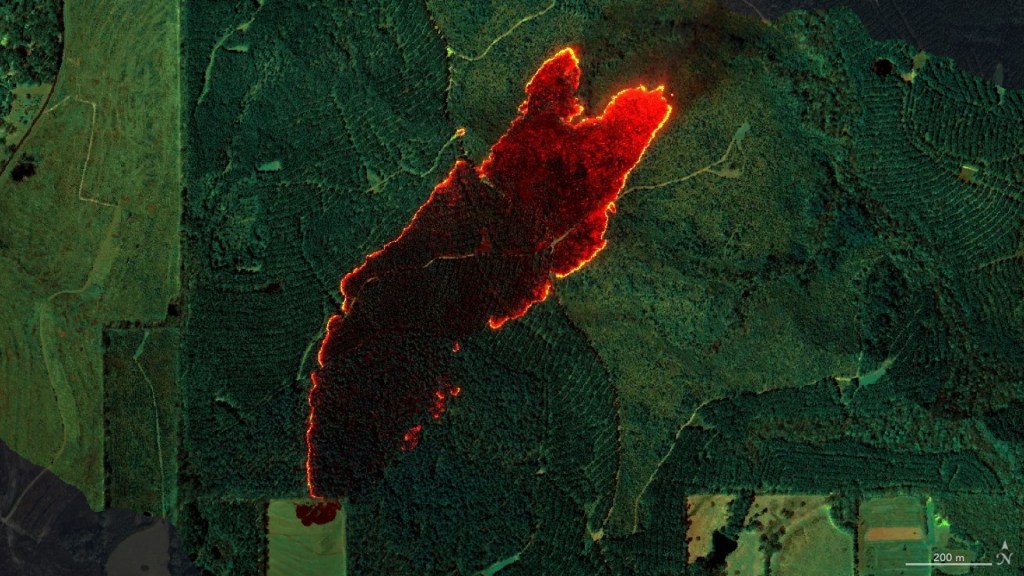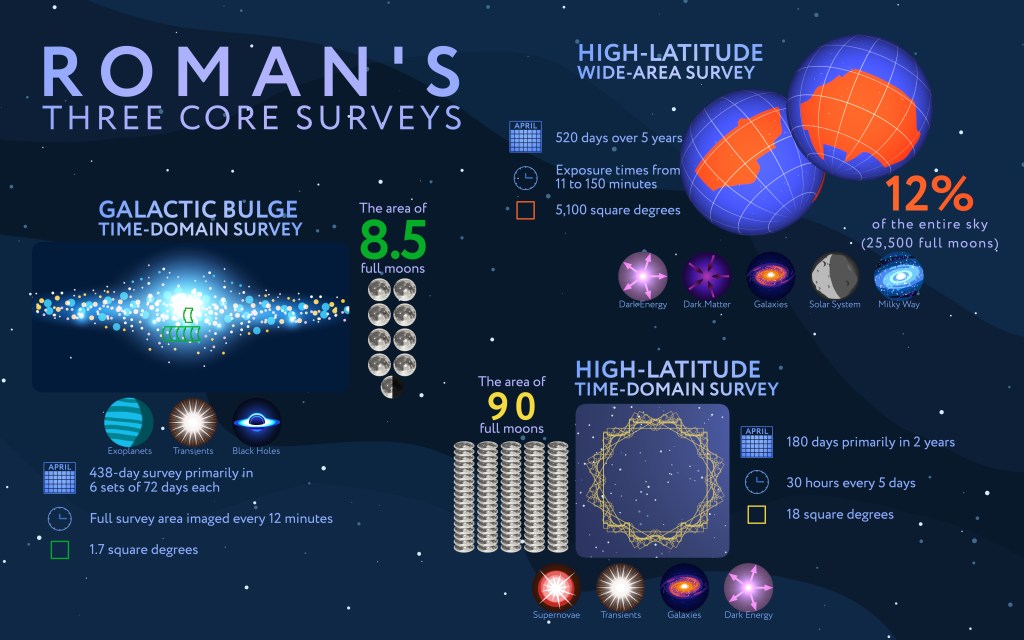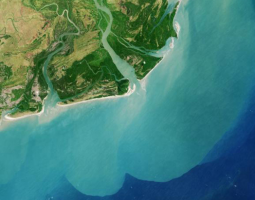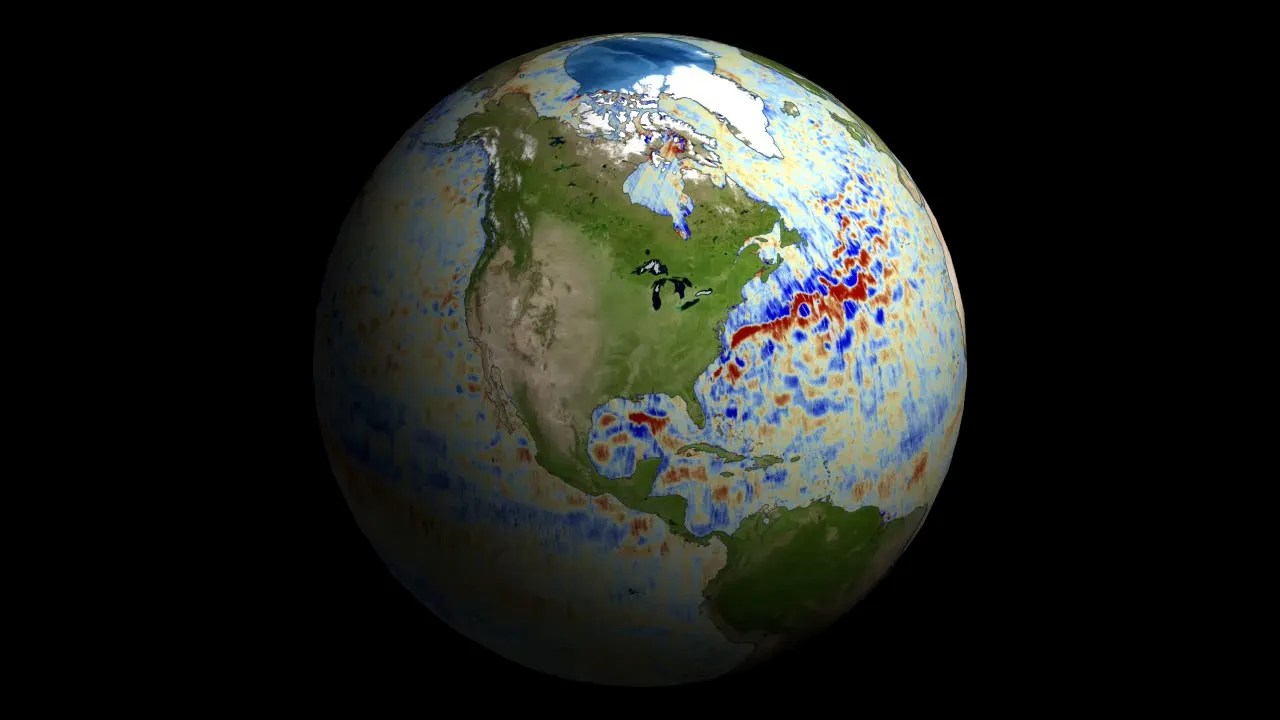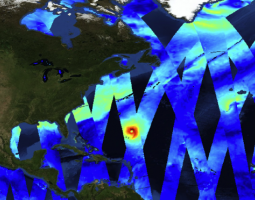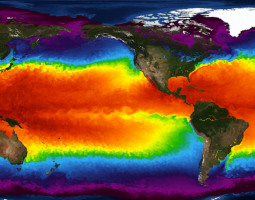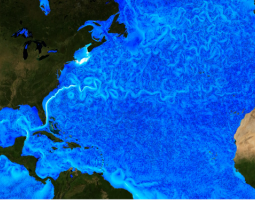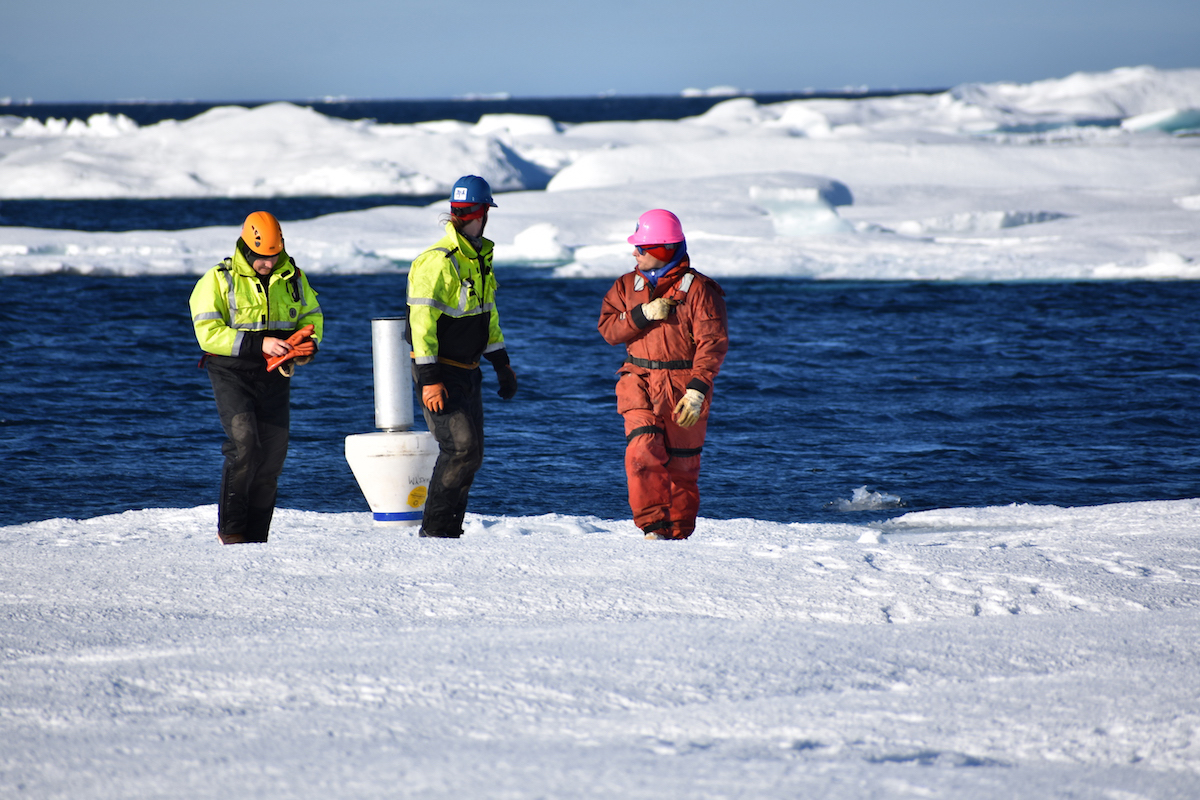Ocean Physics at NASA
NASA's Ocean Physics program directs multiple competitively-selected NASA Science Teams that study the physics of the Ocean.
About Ocean Physics
The ocean plays a fundamental role in the Earth’s system. It shapes our planet’s climate and weather by absorbing, storing, and transporting large quantities of heat, water, moisture, and carbon dioxide. NASA’s Ocean Physics program enables research that advances our understanding of the ocean’s role in climate. Our scientists utilize NASA satellite and sub-orbital data, climate models and data science to study ocean dynamics, sea level rise, hydrological cycle, and ocean interactions within the Earth system.
Apply to one of the current NASA research opportunities to join us as a NASA scientist.News

The Ocean, Now in Full Color

University High Triumphs at JPL-Hosted Ocean Sciences Bowl
The annual regional event puts students’ knowledge of ocean-related science to the test in a fast-paced academic competition.
Surface Water and Ocean Topography (SWOT) Vertical Gravity Gradient
SWOT promises critical insights for bathymetric charting, tectonic plate reconstruction, underwater navigation, and deep ocean mixing.

What Was Behind Idalia’s Rapid Intensification?
A new analysis suggests that a large freshwater plume in the hurricane’s path helped fuel its extraordinary growth.

NASA Analysis Shows Unexpected Amount of Sea Level Rise in 2024
NASA-Led Study Pinpoints Areas Sinking, Rising Along California Coast


Rate of Sea Level Rise Doubled over 30 Years, New Study Shows
Over the past 30 years the rate of global sea level rise doubled

Going with the Flow: Visualizing Ocean Currents with ECCO

NASA’s Cloud-based Confluence Software Helps Hydrologists Study Rivers on a Global Scale

La Niña Is Here
La Niña makes an appearance in December 2024 as seen in Sentintel-6 Michael Freilich data.

Temperatures Rising: NASA Confirms 2024 Warmest Year on Record
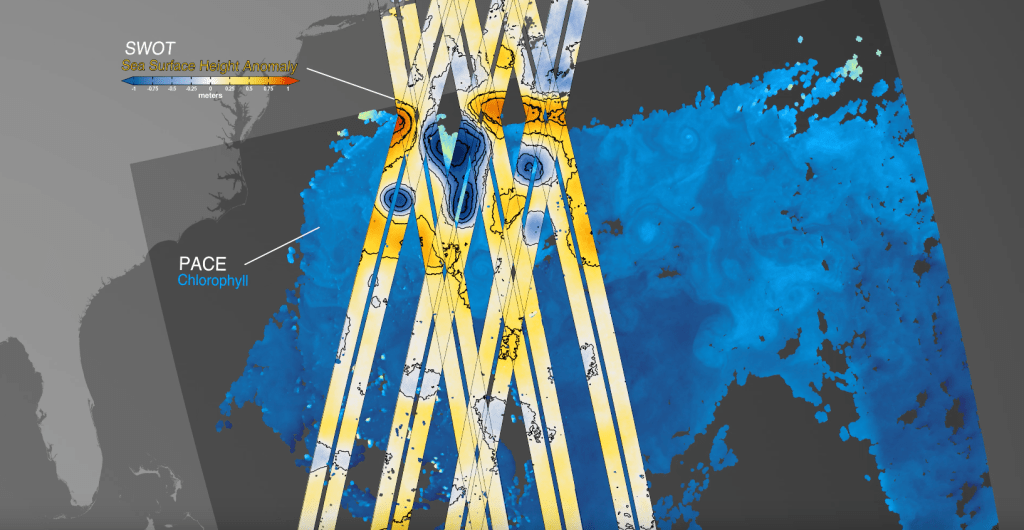
NASA’s PACE, US-European SWOT Satellites Offer Combined Look at Ocean
Science and Research
NASA’s Ocean Physics program directs multiple competitively-selected NASA’s Science Teams that study the physics of the oceans. Below are details about each science team.
Missions
The Ocean Physics program currently provides scientific leadership for the following operational missions. Past and future missions (to be) lead by the Ocean Physics program are also highlighted separately.
Operational
Currently taking measurements
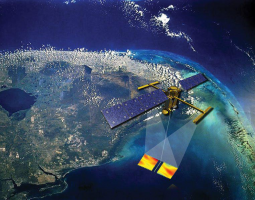 Surface Water and Ocean Topography (SWOT) 2022 | 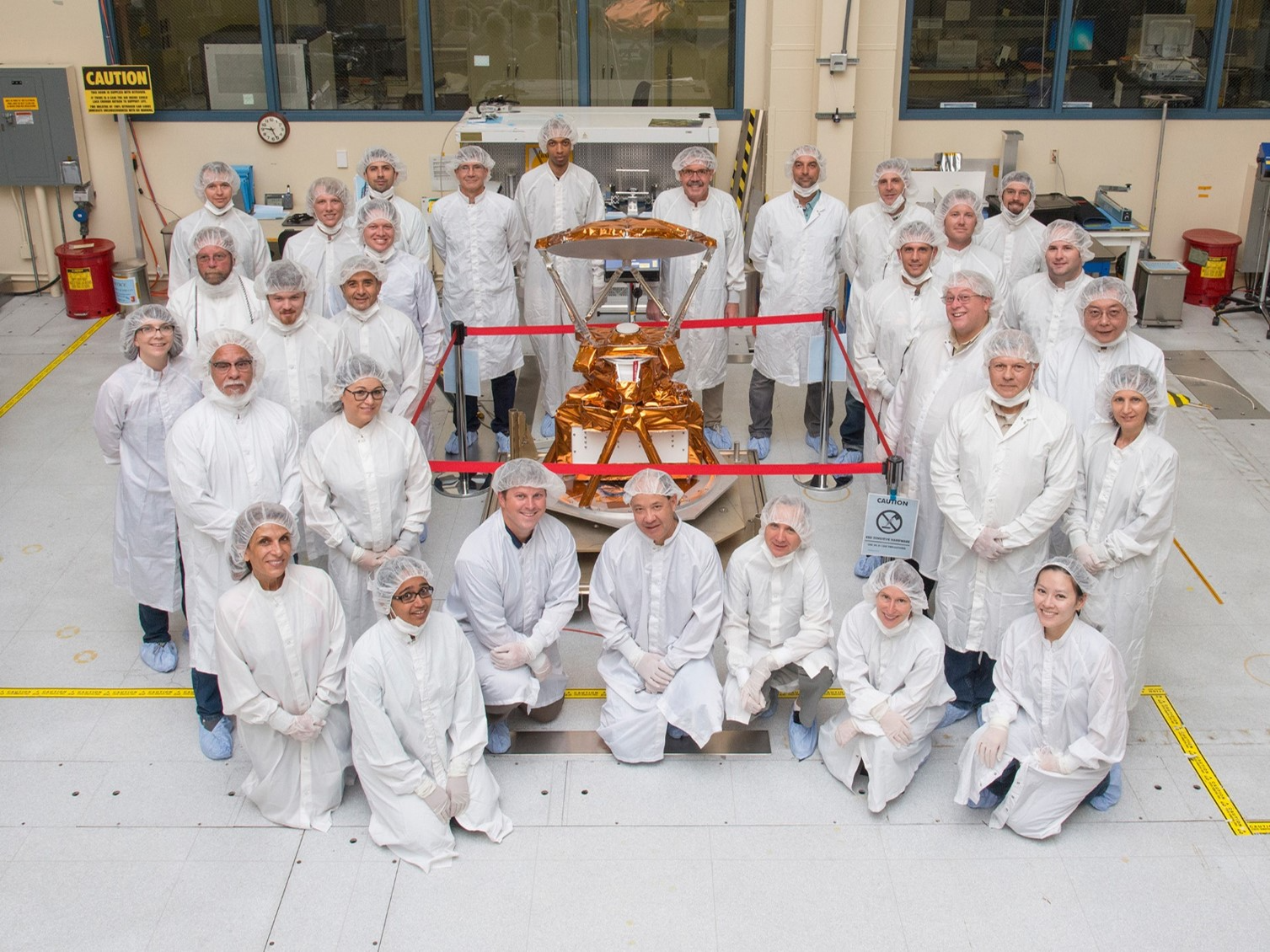 Compact Ocean Wind Vector Radiometer (COWVR) 2021 | 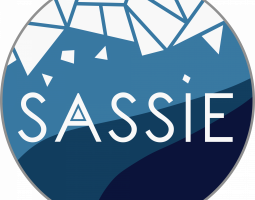 Salinity And Stratification at the Sea Ice Edge (SASSIE) 2021 | 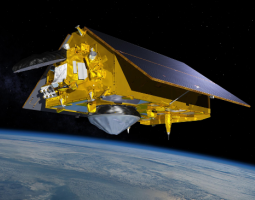 Sentinel-6 Michael Freilich/Jason-CS November 2020 |
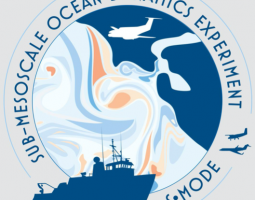 Sub-Mesoscale Ocean Dynamics Experiment (S-MODE) April 2020 | 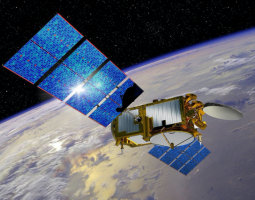 Jason-3 January 2016 | 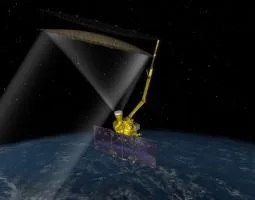 Soil Moisture Active Passive (SMAP) January 2015 |
Future
Upcoming missions
 Sentinel-6B 2025 |  Copernicus Polar Ice and Snow Topography Altimeter (CRISTAL) 2028 |
Non-Operational
Past missions providing data for current research
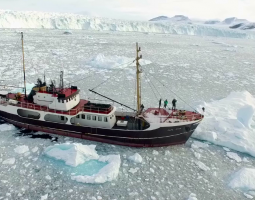 Oceans Melting Greenland (OMG) July 2015 |  Ocean Surface Topography Mission (OSTM)/Jason-2 2008-2019 |  QuikSCAT 1999-2018 | 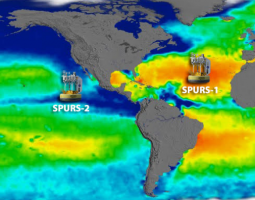 SPURS 1&2 2012-2013 & 2016-2017 |
 RapidScat 2014-2016 | 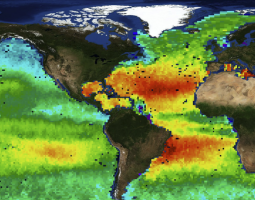 Aquarius 2011-2015 | 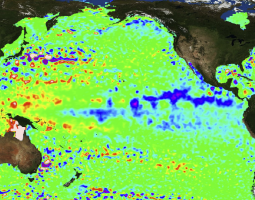 Jason-1 2001-2012 | 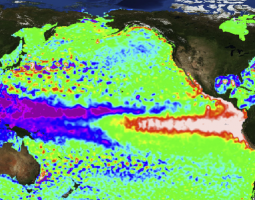 TOPEX/Poseidon 1992-2005 |
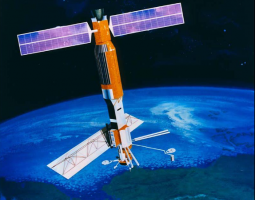 Seasat 1978 |
Access the Data

The Physical Oceanography Distributed Active Archive Center (PO.DAAC) preserves NASA's ocean and climate open data and makes these universally accessible and meaningful.
Partnerships
The Ocean Physics program actively engages in the following national and international partnerships that work together to sustain and enhance the Earth observing system.
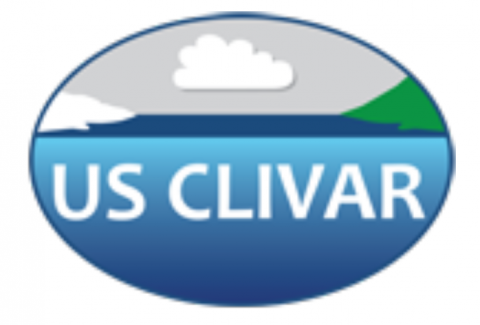 US Climate Variability and Predictability (CLIVAR) | 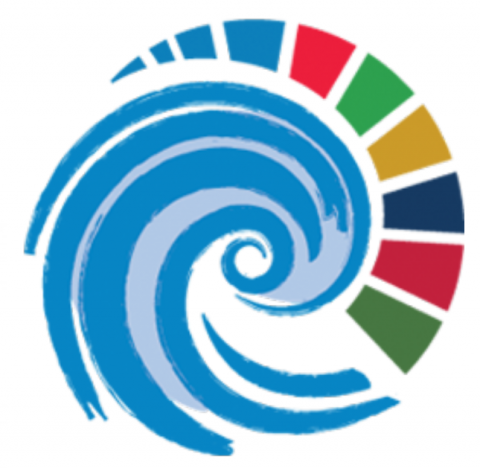 UN Decade of Ocean Science |  US Global Change Research Program (USGCRP) |  Interagency Ocean Observation Committee (IOOC) |
 National Oceanographic Partnership Program (NOPP) | 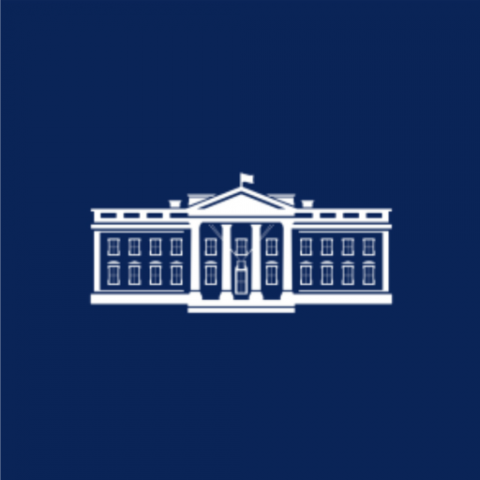 White House Subcommittee on Ocean Science and Technology (WH SOST) |  Committee on Earth Observing Satellites Virtual Constellation (CEOS VC) | 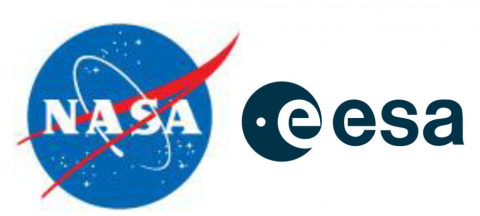 NASA-ESA Earth Science Joint Program Planning Group NASA-ESA Satellite and In situ Salinity Working Group |
Contacts
Nadya Vinogradova Shiffer
Lead, NASA Integrated Earth System Observatory
Ocean Physics Program Manager
Contact | Bio


